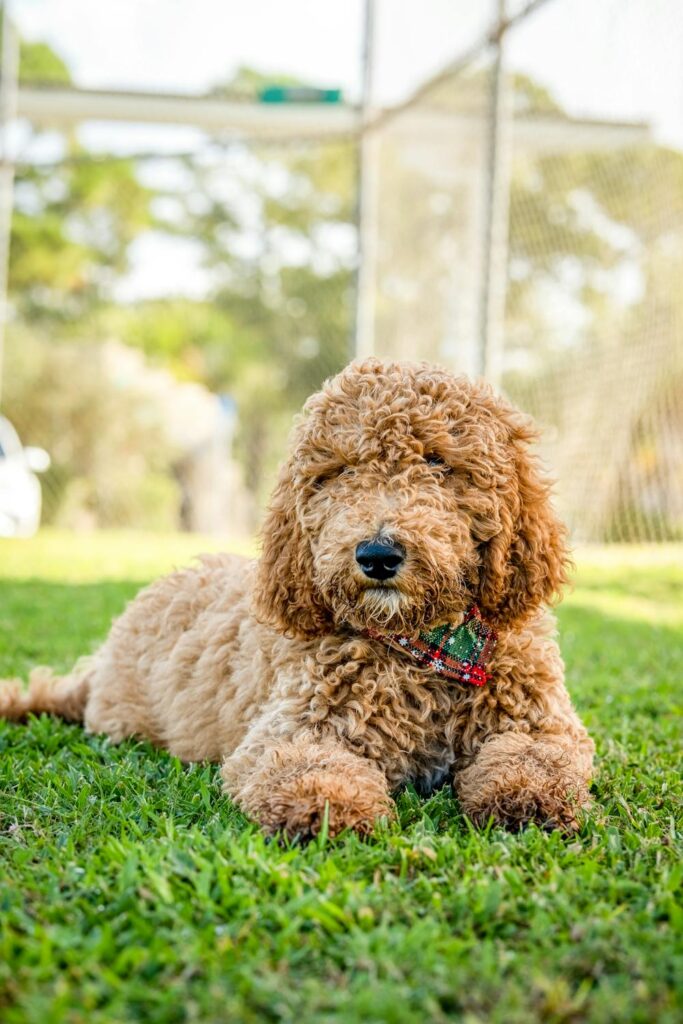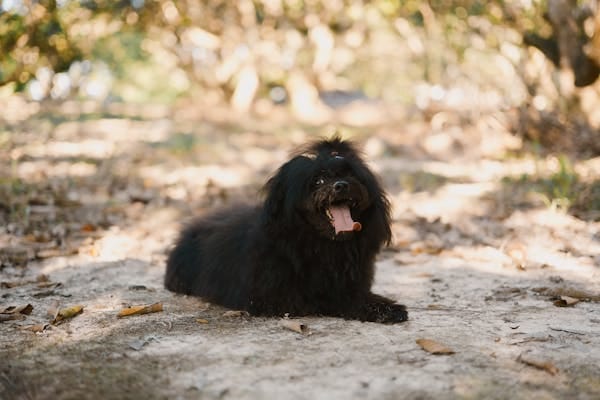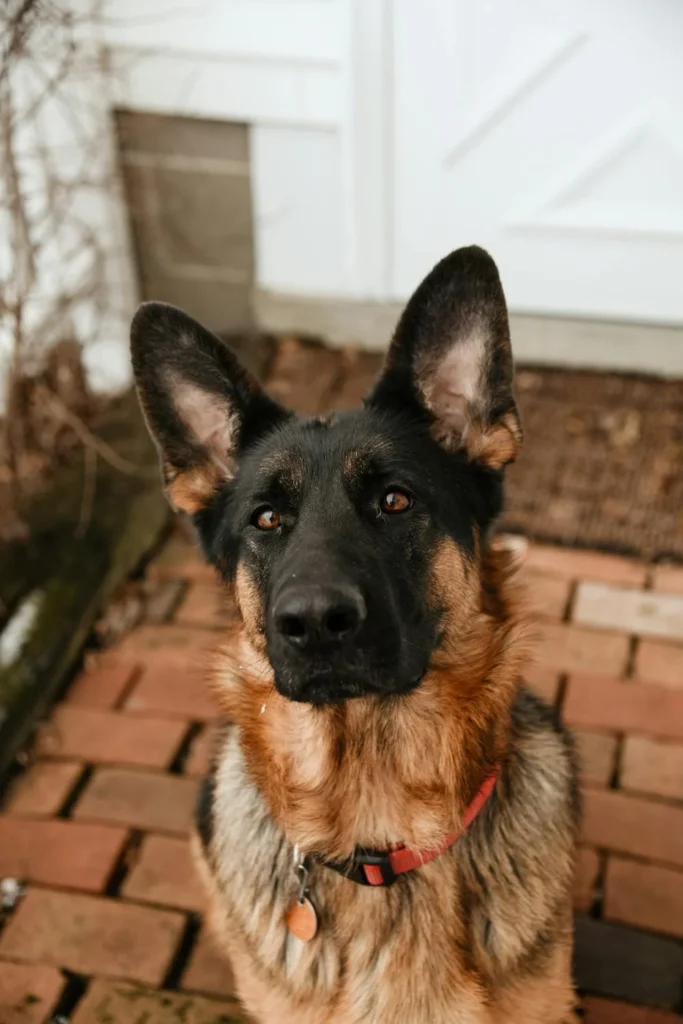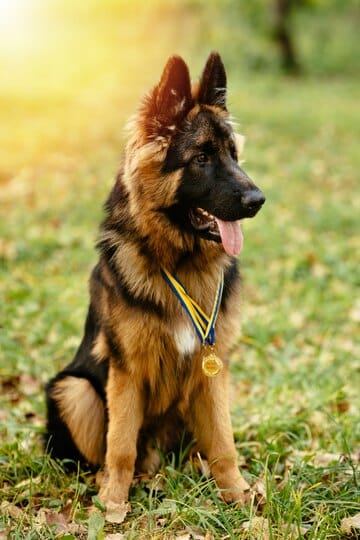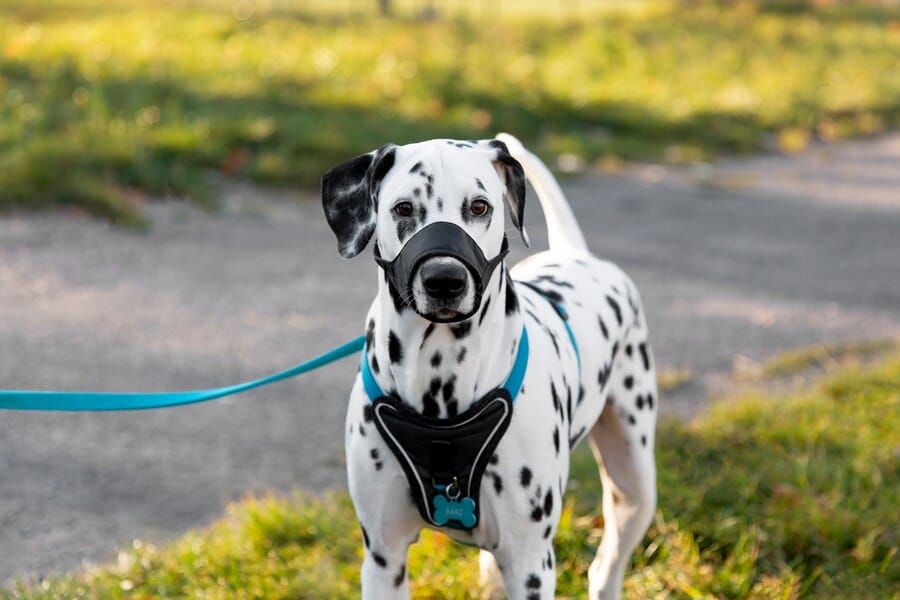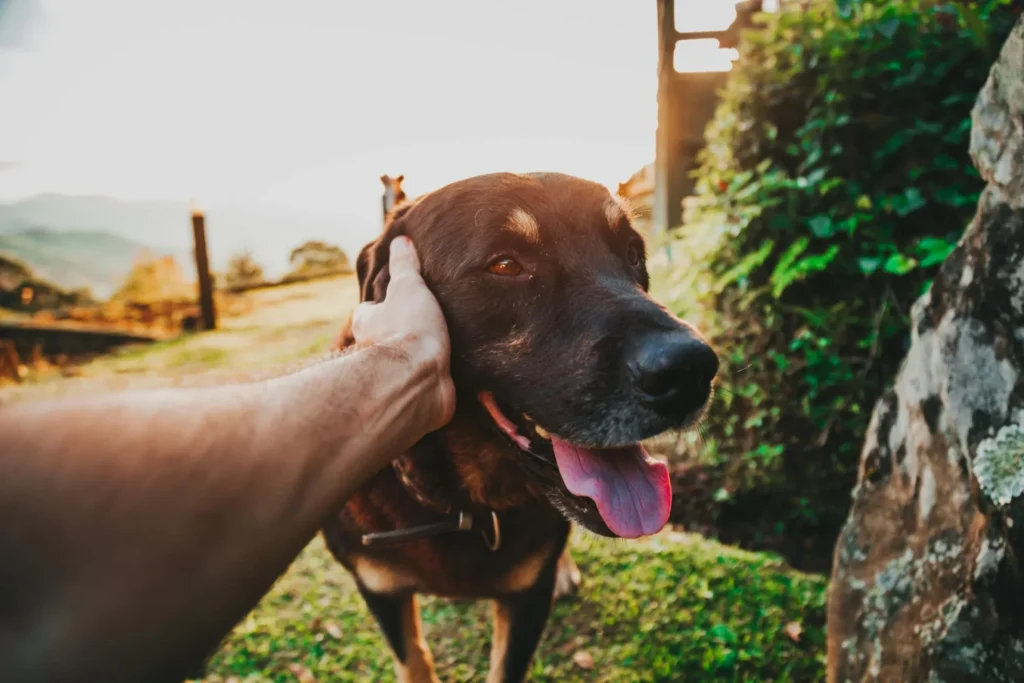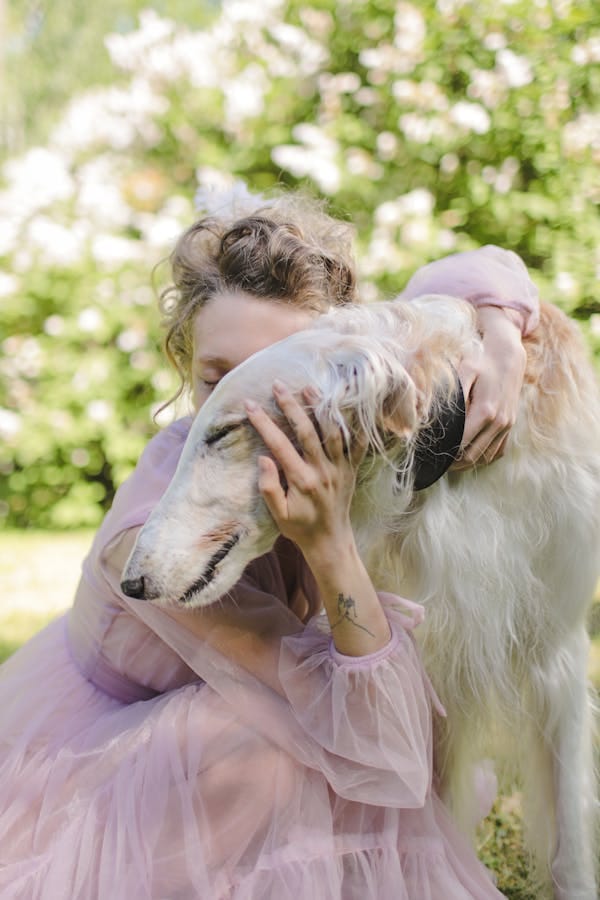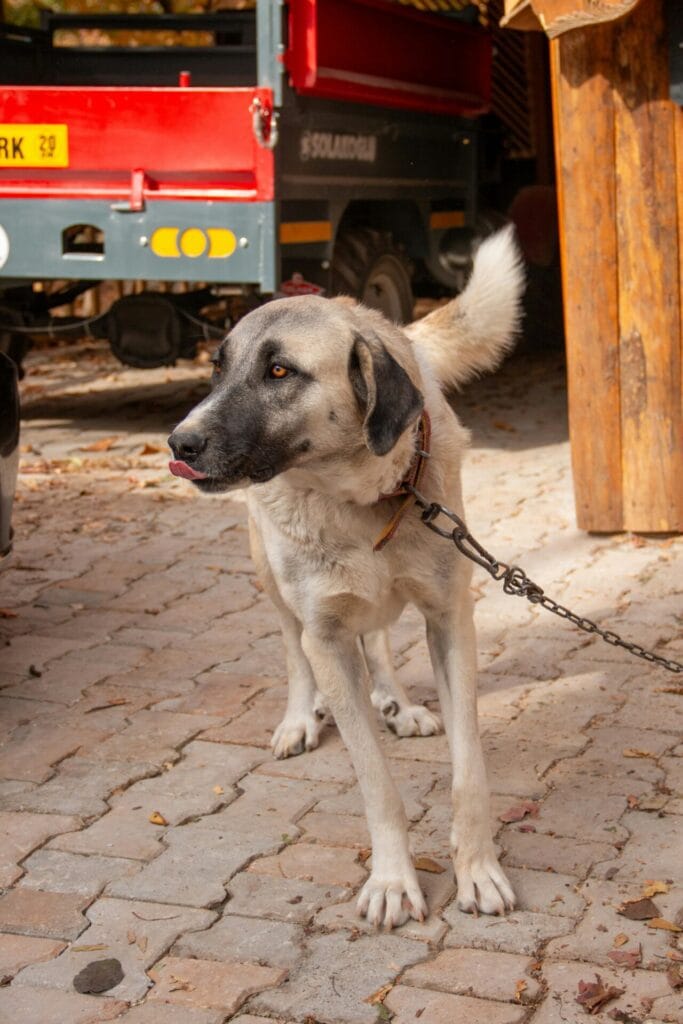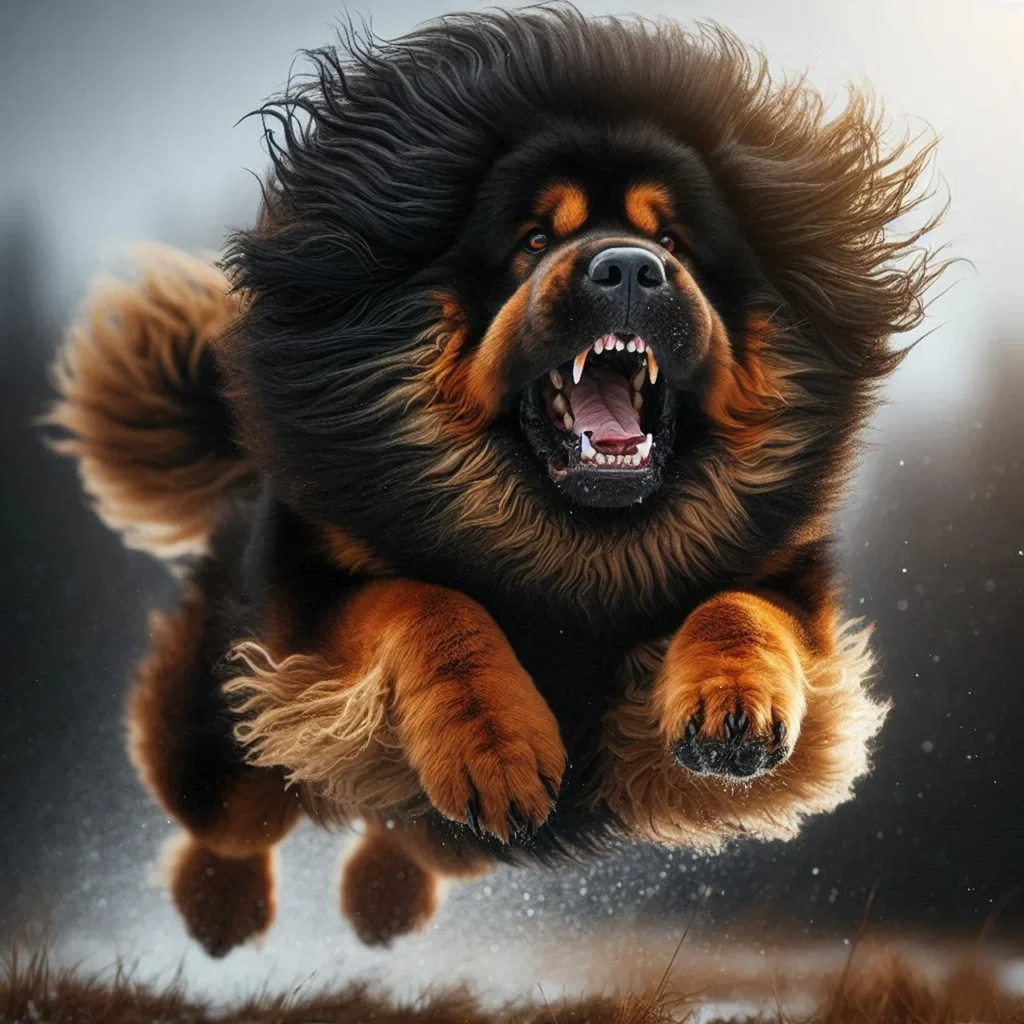Understanding Yorkshire Terrier Protection Instincts 🦮
Despite their diminutive size, Yorkshire Terriers have earned a reputation for being surprisingly protective companions. In this comprehensive guide, we’ll explore every aspect of their guardian nature, from historical roots to modern-day behavior patterns.
The Historical Foundation of Yorkie Protection Instincts
Originally bred in Victorian-era Yorkshire, England, these small but mighty dogs served a crucial purpose:
- Rat catching in textile mills
- Vermin control in mines
- Small game hunting
- Watchdog duties for working-class families
This rich history has shaped their modern protective traits.
Size vs. Spirit: Understanding Your Yorkie’s Capabilities 📏
Physical Characteristics
| Characteristic | Standard Measurement | Notes |
|---|---|---|
| Height | 7-8 inches | Measured at shoulder |
| Weight | 4-7 pounds | Show standard |
| Body Type | Compact & well-proportioned | Sturdy despite size |
| Coat Length | Floor-length when shown | Requires regular grooming |
| Life Span | 13-16 years | With proper care |
Guardian Spirit Traits
Despite their small stature, Yorkies possess:
1. Mental Characteristics
- High intelligence
- Strong territorial instincts
- Natural alertness
- Unwavering courage
2. Physical Capabilities
- Quick reflexes
- Agile movements
- Sharp hearing
- Keen eyesight
Protective Behaviors in Detail 🔍
Types of Protective Responses
- Alert Behaviors
- Immediate barking at unusual sounds
- Heightened awareness during nighttime
- Quick response to environmental changes
- Distinct warning vocalizations
- Physical Protective Actions
- Positioning between owner and perceived threats
- Patrolling home territory
- Standing guard during family activities
- Following family members protectively
- Social Protective Behaviors
- Selective acceptance of strangers
- Strong bonding with family members
- Special attention to vulnerable family members
- Pack-oriented protective instincts
Understanding Your Yorkie’s Warning Signs 🚨
Vocal Indicators:
- Low-pitched warning growls
- Sharp, alert barks
- Escalating bark patterns
- Protective whining
Body Language Signals:
- Raised tail
- Forward-facing ears
- Stiff body posture
- Direct eye contact
- Raised hackles
Training Your Protective Yorkie 📚
Essential Training Components
- Early Socialization (8-16 weeks)
- Exposure to various people
- Different environments
- Multiple situations
- Positive associations
- Controlled introductions
- Basic Obedience Commands
- “Watch” for alertness
- “Quiet” for bark control
- “Stay” for position control
- “Come” for reliable recall
- “Leave it” for threat assessment
- Advanced Protection Training
- Appropriate alert responses
- Controlled protective behaviors
- Threat discrimination
- Family member recognition
- Stranger interaction protocols
Creating a Balanced Guardian 🎯
Daily Training Schedule:
- Morning: Basic obedience review
- Afternoon: Socialization exercises
- Evening: Protective behavior practice
- Bedtime: Calm-down routines
Weekly Goals:
- Introduce new situations
- Practice existing commands
- Reinforce good behaviors
- Address any concerns
- Evaluate progress
Common Challenges and Solutions 🔧
Challenge 1: Excessive Barking
Solutions:
- Identify trigger patterns
- Implement “quiet” command training
- Use positive reinforcement
- Establish consistent rules
- Consider professional training
Challenge 2: Over-Protective Behavior
Solutions:
- Increase socialization
- Set clear boundaries
- Practice controlled introductions
- Reward calm behavior
- Maintain consistent training

